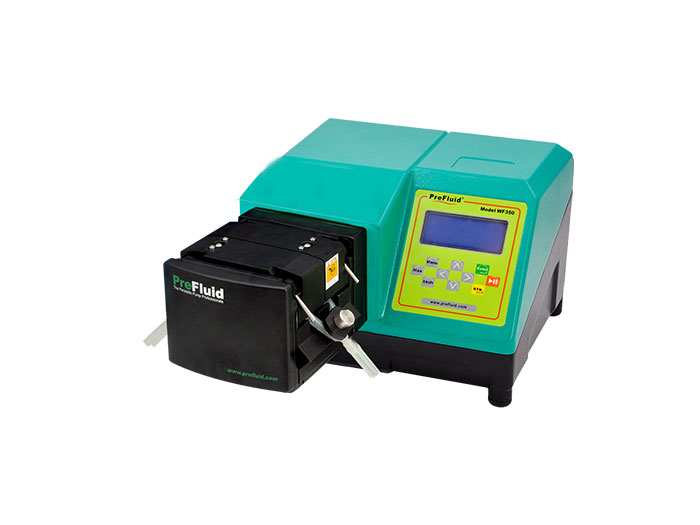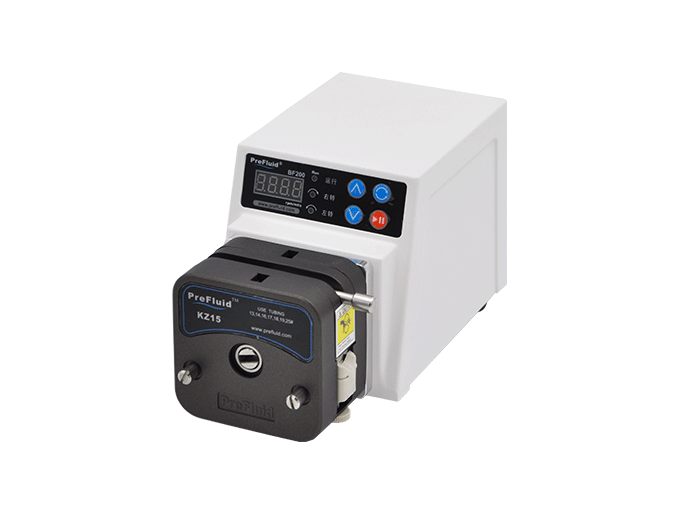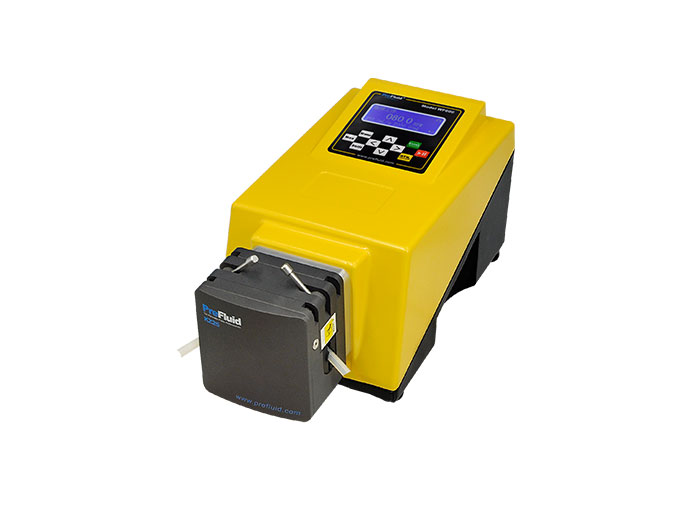When we use the flow peristaltic pump to transfer the liquid, we will find that the liquid in the pipeline does not stop flowing immediately, and it will generally drip slowly.
When we use the flow peristaltic pump to transfer the liquid, we will find that the liquid in the pipeline does not stop flowing immediately, and it will generally drip slowly. It is not that the pump stops rotating and the liquid stops flowing, as we imagine, but that the liquid in the pipeline stops flowing after dripping. This phenomenon is called the dripping phenomenon. Flow peristaltic pump drip phenomenon causes
This is a normal fluid phenomenon, the reason is that when the pump transmits the liquid, the pump outlet pipe is oriented downward with a certain gravitational attraction. When the pump stops rotating, the liquid will flow slowly down by its own ductility and gravity, and the result is that the liquid in the hose is dripping at the mouth until the hose is finished dripping. At this point, some people think that since the liquid has gravitational dripping phenomenon, what if there is a siphon phenomenon? In fact, we can not worry, I believe that the working principle of the peristaltic pump is not unfamiliar to everyone, the pump is by the roller extrusion hose (the import produces negative pressure, the export produces positive pressure), the use of pressure difference for transmission. Even when the rotation is stopped, the hose is tightly squeezed, so that the inlet and outlet are disconnected to avoid this phenomenon.
The solution to the dripping phenomenon
The reason for the liquid dripping in the hose is the elastic tension of the hose, and the reason why the liquid is dripping is that the tension of the hose is less than the ductility and gravity of the liquid itself. If we expand this elastic tension to be greater than the downward force on the liquid, it is enough to change this phenomenon.
1, the diameter of the hose outlet becomes smaller, the liquid in the tube becomes smaller, and the elasticity does not change, so as to solve the problem.
2, increase the pressure valve, set a unidirectional pressure valve at the exit, work depends on the pressure of the pump itself to open the valve, when the valve is closed naturally. It should be noted that the problem of pulse phenomenon, when the pump is used to transmit the liquid, the pulse phenomenon will cause the liquid in the peristaltic pump hose to produce reverse pumping and suction, so the diameter of the hose should be greater than the length of the pump suction, otherwise it will cause dripping phenomenon because the tension is not formed.
The above is about the flow peristaltic pump drip phenomenon and prevention, if you do not understand the place or the wrong place to operate, you can consult the Purui fluid after-sales engineer.


